In a September article by Insurify, an insurance comparison company and website, the University of Central Missouri was ranked the seventh most dangerous college campus in the United States based on violent crime rates per 10,000 students.
It’s an eye-opening classification.
It’s also inaccurate.
It’s based on data provided by the FBI’s Uniform Crime Report which the FBI itself warns not to take at face value and encourages research, understanding and verification. UCR compiles the statistics from law enforcement agencies voluntarily reporting their individual crime reports, making a ranking or a comparison between different locations impossible.
Director of Public Safety Scott Rhoad said no one from Insurify contacted anyone at Public Safety to verify the accuracy of the UCR statistics.
This is a problem because the Insurify ranking is based on inaccurate data. According to the UCR data available, in 2016, UCM had 17.4 violent crimes per 10,000 students enrolled. That number was skewed by the 11 aggravated assaults the UCR indicated were reported at UCM. In actuality, Rhoad said there were only two.
Rhoad said after an agency submits its crime reports, they lose control of that information.
“There was a clerical error, either in the input, a typo if you will, or, I think really what happened is they added two numbers together and they shouldn’t have, to where simple assaults were added to aggravated assaults,” he said. “You don’t do that. You can’t do that. So that 11 that’s in the UCR really is a two.”
Removing the nine reported aggravated assaults that were never actually reported drops UCM’s violent crime rate per 10,000 students enrolled from 17.4 to 11.1.
This Insurify article also used numbers from 2016 instead of numbers from 2017, which were available at the time of the article’s publication. Even if the data reported was correct, it doesn’t do much good to consider dated information.
“This is now 2018,” Rhoad said. “A lot of things change in two years.”
Had the numbers from 2017 been used, UCM’s violent crime rate per 10,000 students enrolled would have been five.
Rhoad said the numbers indicate the year a crime was reported and do not necessarily indicate the year a crime was committed. He also said context is important. In 2016, there were 12 rapes reported to Public Safety, which was a statistical spike (in 2017 there were four).
Suzy Latare, manager of outreach, access and community health in the Campus Community Health office, said in the fall 2015 semester and the spring 2016 semester the university increased support for people who choose to report assaults.
She said the Victim Advocacy Hotline received more promotion and staffing after the Mentoring, Advocacy and Peer Support office was created in fall 2015 and began overseeing the hotline. Two new positions were created: The Title IX/CARE team case manager was added to the MAPS office and the Title IX Investigator was added to the Office of Student Experience and Engagement.
While the MAPS office no longer exists after the campus reorganization, the services provided by the MAPS office have been divided between the Office of Student Engagement and Experience and Campus Community Health.
Latare said there wasn’t a specific push to encourage people to report assaults in 2016, but there were more avenues of support provided and endorsed.
No matter what the numbers are, Rhoad said Public Safety has and will continue to accurately report, even in years such as 2016 that show statistical spikes. He said the spike is demonstrative of Public Safety’s commitment to transparency.
“Can I defend the number?” Rhoad said. “I think I can defend the number pretty easily from the standpoint of, ‘We’re not going to cover anything up.’ If that’s the number reported, that’s the number we’re going to say is reported.”

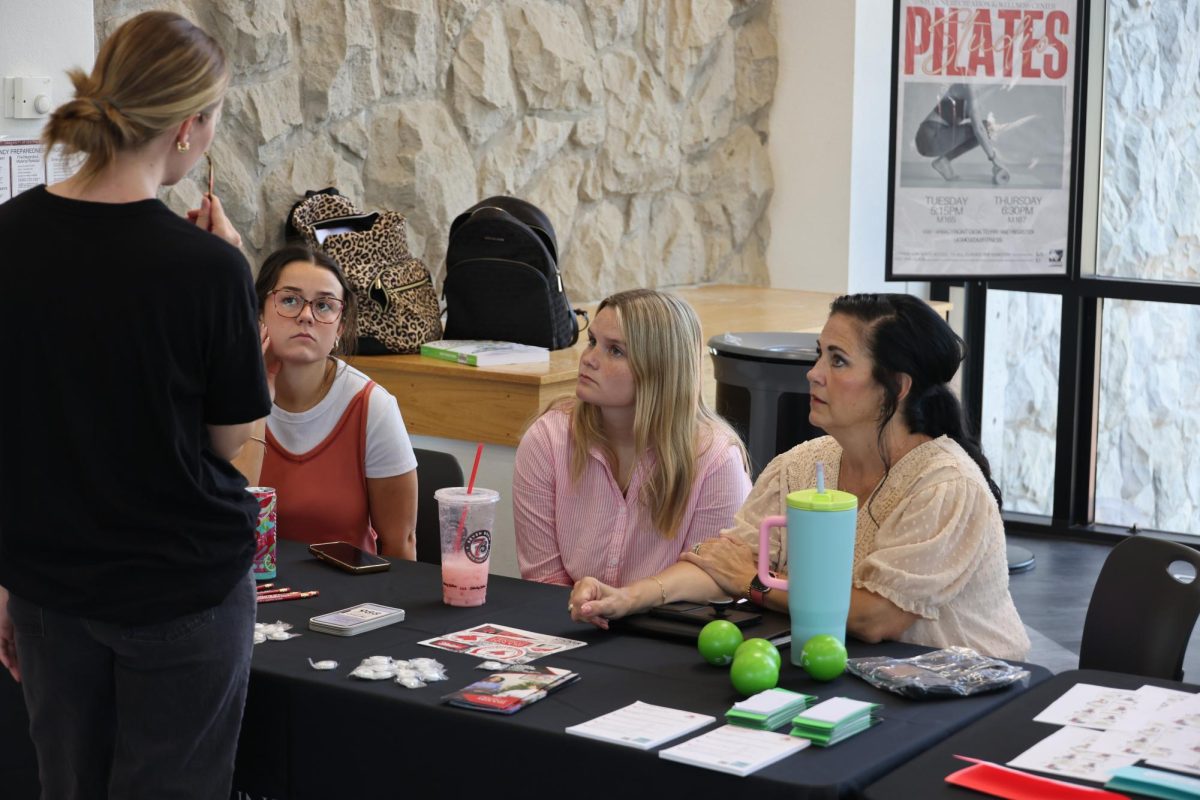
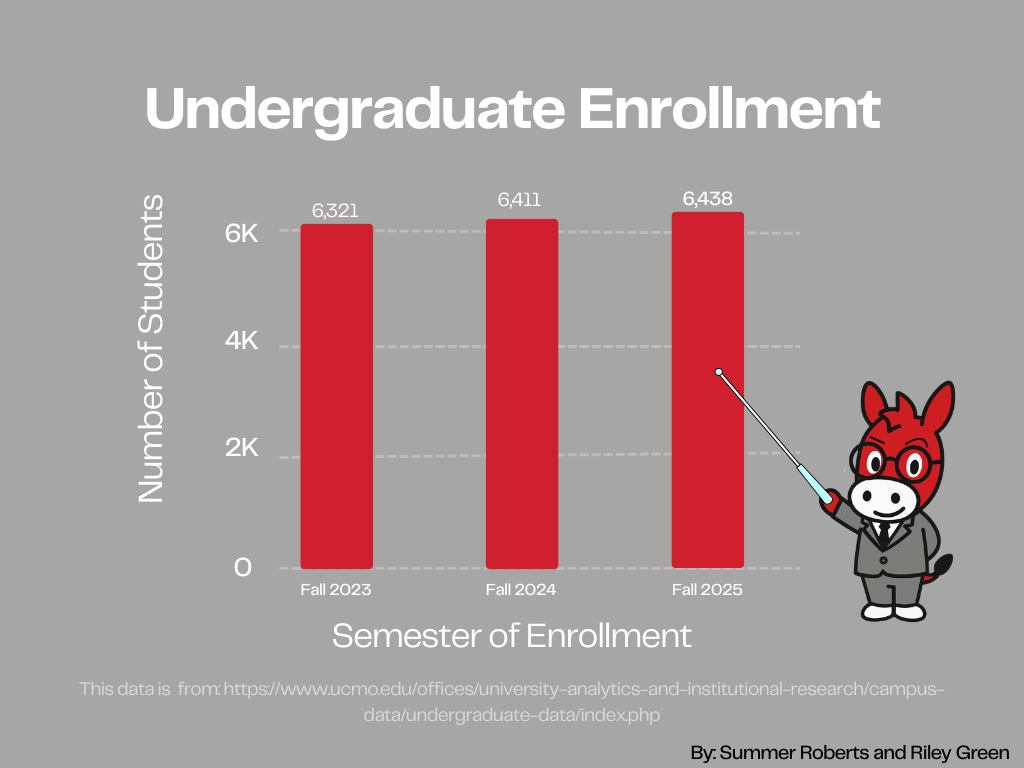

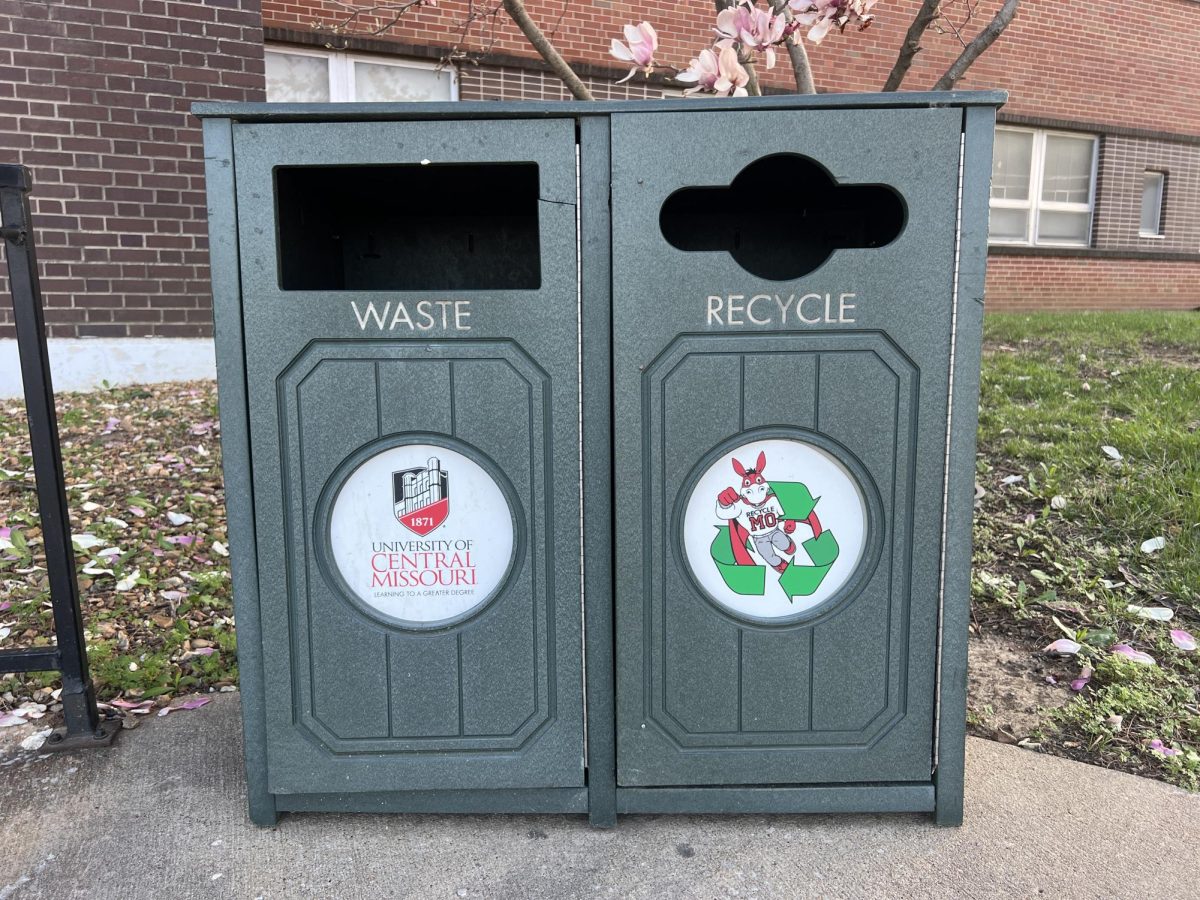

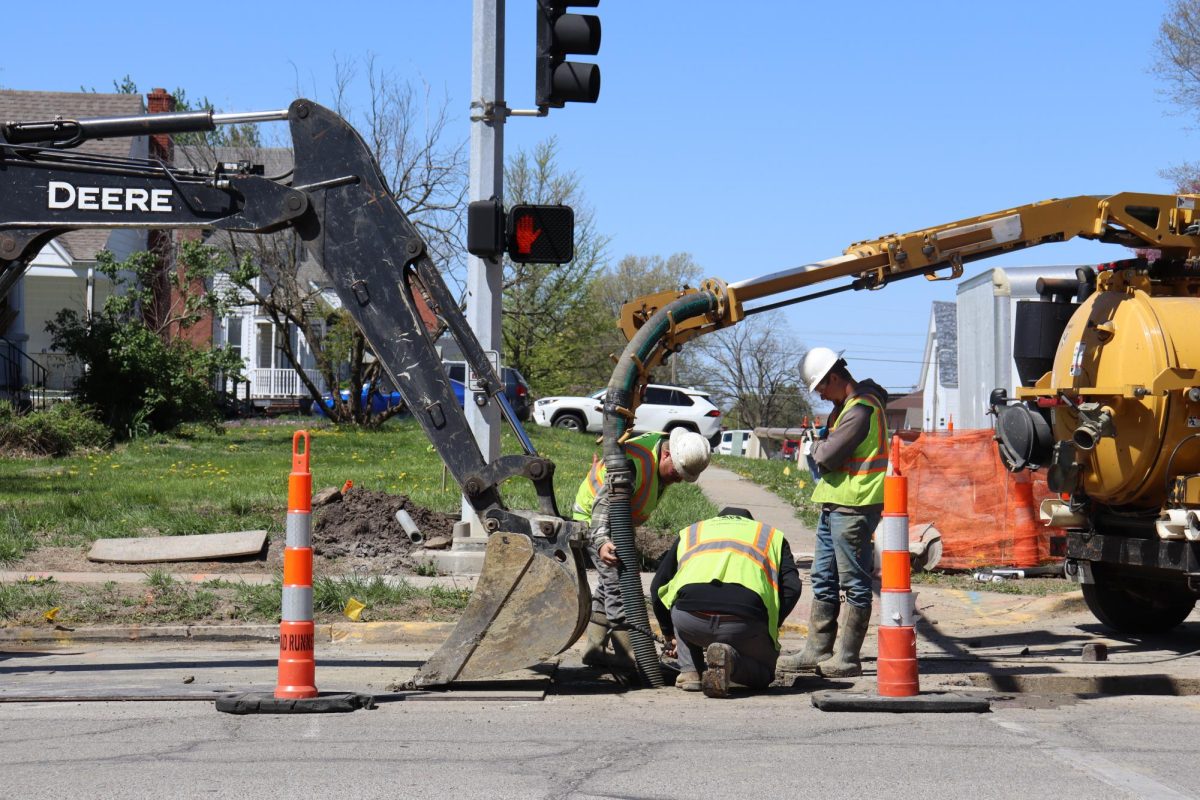

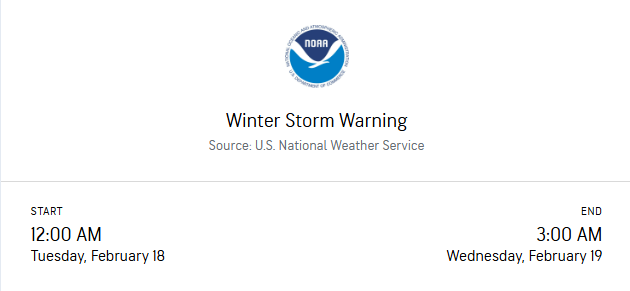
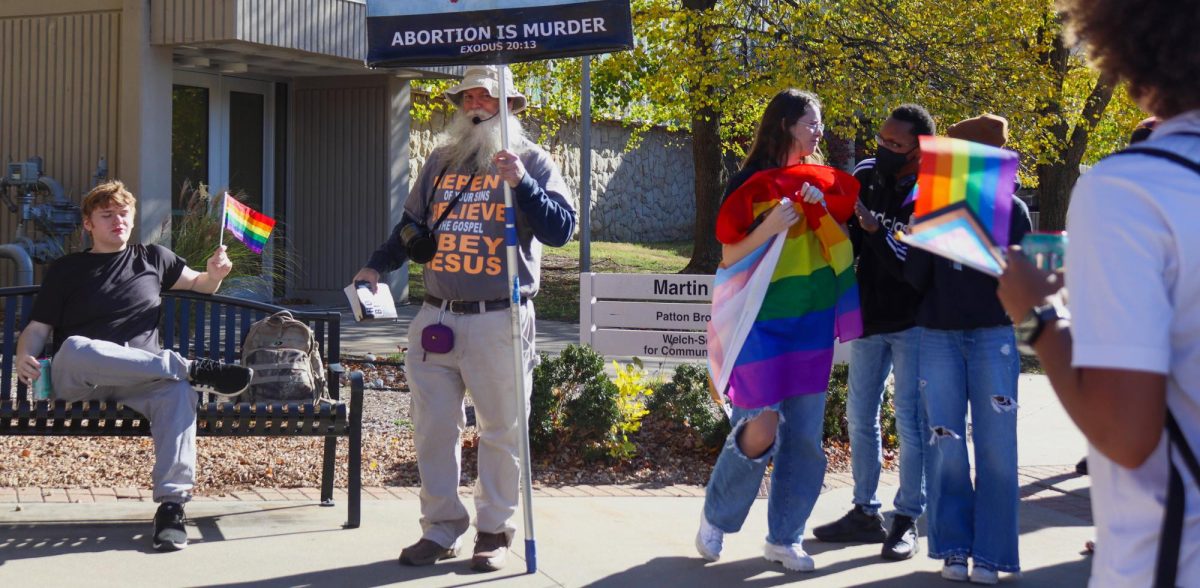


Carol Atkinson • Oct 12, 2018 at 12:28 pm
Good story, well written. Thanks for your work.